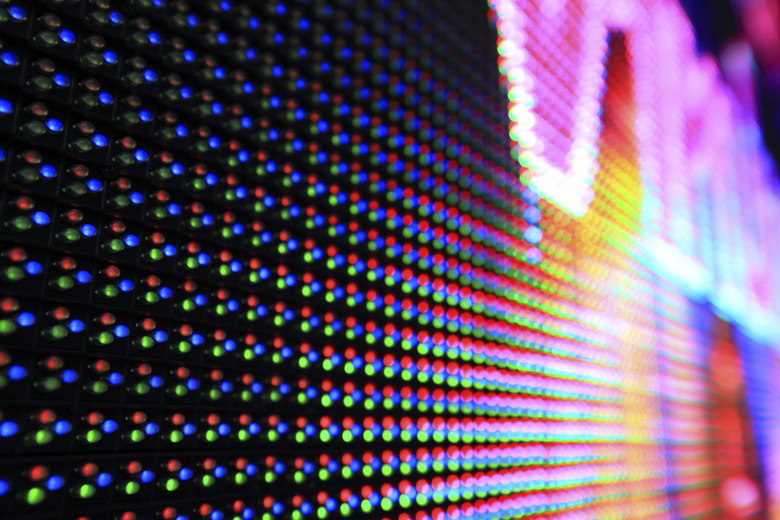What Is A Flyback Diode?
Used for applications involving inductors and motors, flyback diodes prevent problems caused by electrical arcing. When an inductor is suddenly cut off from its power source, its magnetic field produces a momentary voltage pulse called "flyback." For larger inductors and motors, this pulse can degrade or destroy your equipment. A suitable diode, called a flyback diode, placed across the inductor will safely absorb the pulse's energy.
Diode
Diode
A diode is a basic electronic component that conducts in only one direction. Most diodes made today are solid-state silicon types, though some high-power or high-voltage applications use vacuum-tube diodes. When current flows from the diode's anode to its cathode, engineers call it "forward-biased" and the diode has low resistance. When current flows the other way, it's "reverse-biased," and the diode has high resistance.
Inductor
Inductor
Inductors are electronic components that operate according to Lenz's Law, storing energy temporarily in a magnetic field, causing a delay between a voltage and the current that flows. If you interrupt an active circuit with an inductor in it, the inductor will instantly convert any stored magnetic energy into a voltage pulse. Because of Lenz's Law, the polarity of the voltage is the reverse of the normal incoming electric power.
Motor
Motor
Electric motors have electromagnet windings, which are inductors. The motor's windings momentarily store energy in magnetic fields, and when you turn the motor off, it releases this energy as a voltage pulse.
Voltage Pulse
Voltage Pulse
The voltage pulse produced by inductors and motors can have damaging effects on nearby equipment. A strong enough voltage can jump the air gap between contacts in a switch, forming an arc. The arc's heat burns the switch's metal, wearing it out or destroying it. The arc can also produce a burst of radio waves, interfering with radio receivers and other sensitive electronic circuits.
Flyback Diode
Flyback Diode
An engineer can deal with the inductor's electrical energy by putting a diode in parallel with inductor. The diode's anode side is connected to the positive side of the circuit's power source, and its anode connects to the source's negative side. Normally, the diode will be reverse-biased and has little effect on the circuit. Since the flyback pulse has reverse polarity, it flows through the diode with forward bias at low restance. The diode absorbs the pulse's energy.
References
Cite This Article
MLA
Papiewski, John. "What Is A Flyback Diode?" sciencing.com, https://www.sciencing.com/flyback-diode-6501683/. 24 April 2017.
APA
Papiewski, John. (2017, April 24). What Is A Flyback Diode?. sciencing.com. Retrieved from https://www.sciencing.com/flyback-diode-6501683/
Chicago
Papiewski, John. What Is A Flyback Diode? last modified March 24, 2022. https://www.sciencing.com/flyback-diode-6501683/
